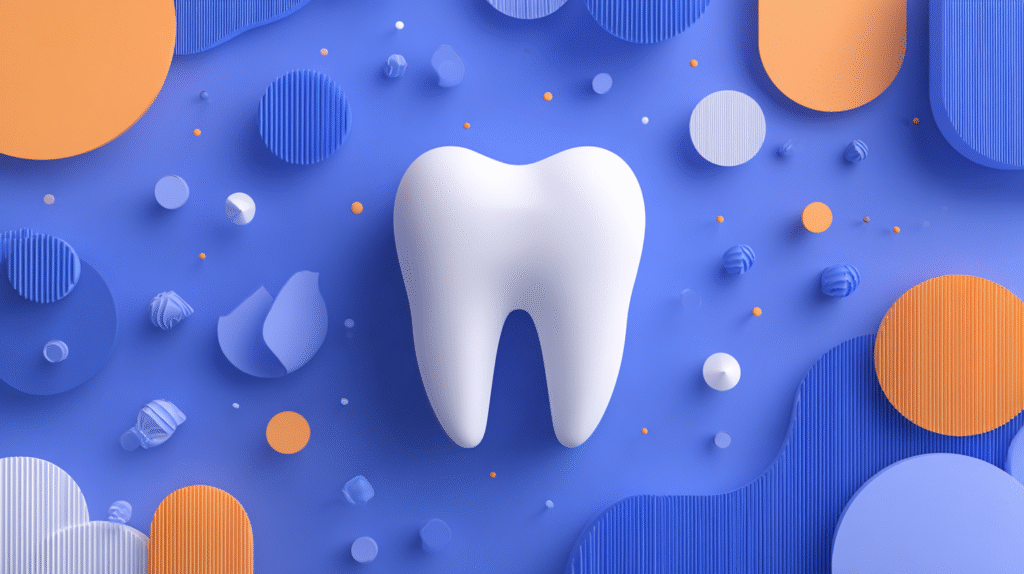In the ever-evolving landscape of dental technology, one of the most groundbreaking advancements is the introduction of smart dental implants. As dental professionals and patients alike seek solutions that not only restore functionality but also mimic the natural appearance and feel of real teeth, smart implants emerge as a remarkable alternative to traditional dental solutions. This article delves deep into what smart dental implants are, their advantages over conventional implants, the challenges they address, and the implications for dental practices across the United States.
What Are Smart Dental Implants?
Smart dental implants represent the next generation of dental restoration technology. Unlike traditional implants, which are primarily passive fixtures, smart implants incorporate advanced technologies such as sensors, connectivity features, and biocompatible materials to facilitate better integration with the body’s natural systems. These implants not only restore the aesthetics and functionality of missing teeth but also provide real-time feedback to both the patient and dental professionals.
The Key Advantages of Smart Dental Implants
The advantages of smart dental implants over traditional alternatives are myriad. Here are some of the most notable:
- Mimic Natural Teeth: Smart implants are designed to closely replicate the biology and functionality of natural teeth, making them feel more authentic for the patient.
- Real-Time Monitoring: Equipped with sensors, these implants can monitor their own health and status, alerting both the patient and dentist to any potential issues before they become serious.
- Enhanced Longevity: The materials and technology used in smart implants aim to increase their lifespan and success rate, reducing the need for replacements.
- Personalized Treatment: Data collected from smart implants can help dentists create customized treatment plans, enhancing patient care and outcomes.
Addressing Key Challenges in Dental Implant Technology
While traditional implants have been effective in restoring missing teeth, they often do not fully mimic the look and feel of natural teeth. This gap creates challenges such as discomfort, aesthetic concerns, and potential implant failure. Here’s how smart dental implants tackle these challenges:
- Aesthetic Improvements: With technologies that enable detailed customization of the implant shape, size, and shade, patients can achieve a look that closely aligns with their natural teeth.
- Improved Integration: Smart implants are engineered to engage with the jawbone through advanced materials that promote osseointegration, the process where bone fuses with the implant.
- Proactive Health Management: By utilizing integrated sensors, dentists can track the health of the implant, actively preventing complications such as infections or rejection.
Who Can Benefit From Smart Dental Implants?
Smart dental implants cater to a broad audience, including:
- Patients Requiring Implants: Individuals missing one or more teeth looking for a reliable and aesthetically pleasing solution.
- Dental Professionals: Dentists seeking to enhance their practice with cutting-edge technology that improves patient outcomes.
- Orthodontic Patients: Those undergoing orthodontic treatments can benefit from the adaptability of smart implants to align within comprehensive treatment plans.
Current Trends in Smart Dental Implant Technology
The market for dental implants, especially smart implants, is rapidly expanding in the United States. Recent studies indicate that approximately 3 million Americans have dental implants, with that number growing by about 500,000 annually. The incorporation of digital technologies, artificial intelligence, and 3D printing in the production of smart implants is leading to more precision, lowered costs, and greater accessibility for practitioners and patients alike.
Innovation and Future Trends
The future of smart dental implants will likely see further innovations such as:
- AI Integration: Artificial intelligence could play a crucial role in predicting implant failure or complications by analyzing patient data.
- Telehealth Integration: Remote monitoring systems that allow dentists to assess implant health through mobile applications could become standard practice.
- Biomaterials Development: Continuous research into new biomaterials may yield even more effective and biocompatible options for smart implants.
Conclusion
The advancement of smart dental implants represents a pivotal shift in dental technology, addressing long-standing challenges while significantly enhancing patient experience and outcomes. For dental professionals, staying informed about these innovations can provide a competitive edge and lead to improved patient satisfaction. Potential patients considering dental solutions should take the time to learn about these advancements and discuss them with their dental care providers.
As we move forward in the realm of dental technology, it is vital to acknowledge the role that Pulivarthi Group plays in equipping dental offices with the expertise and staffing solutions required to embrace these innovations. To stay ahead in this rapidly evolving field, engage with our services and learn more about how cutting-edge dental solutions can benefit your practice.









